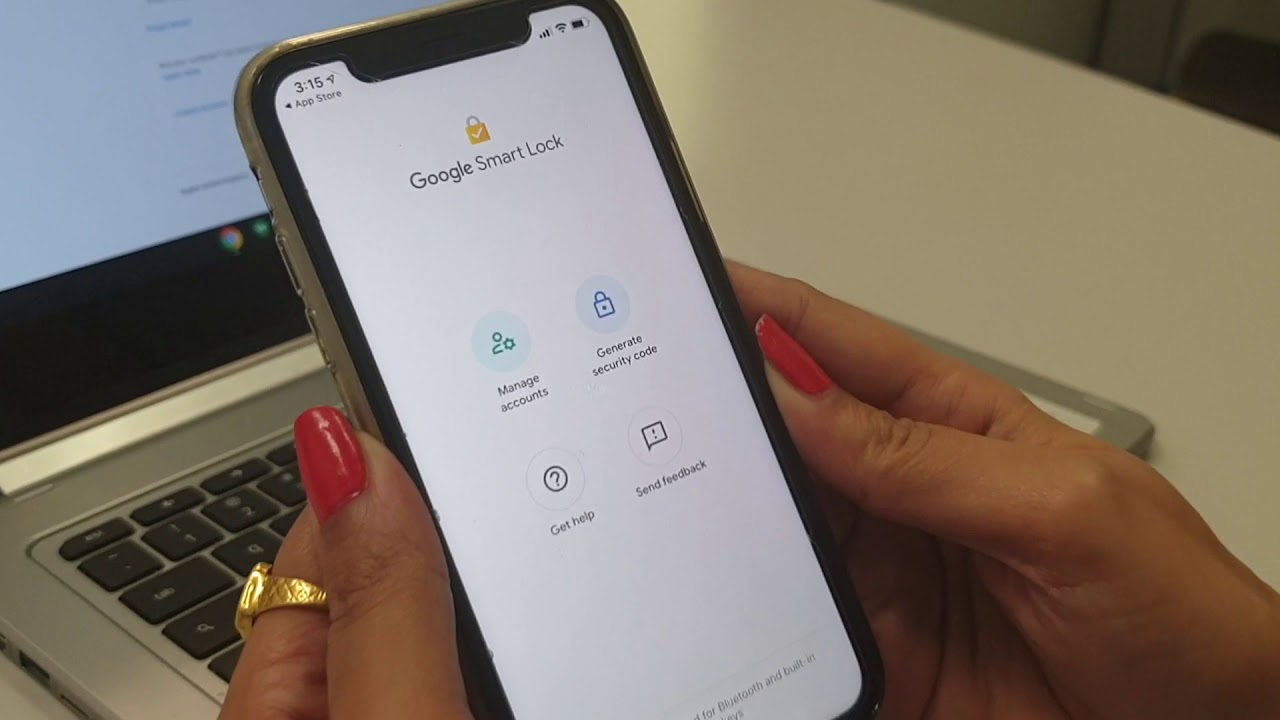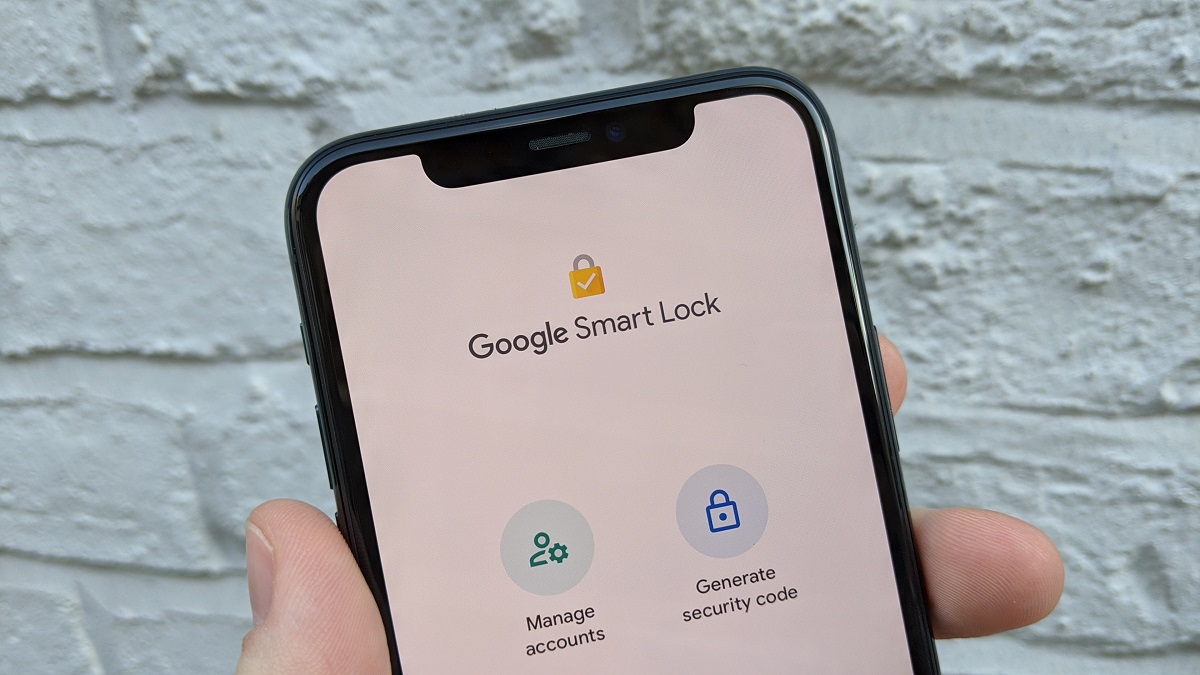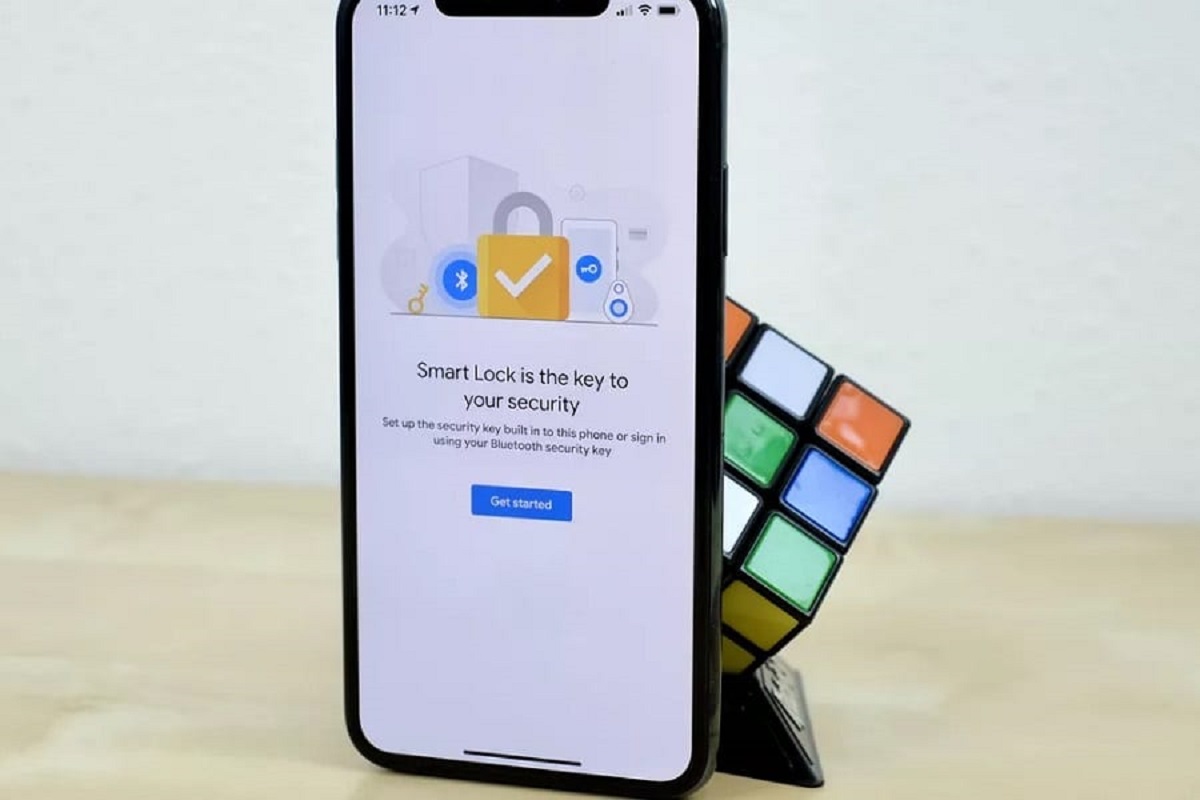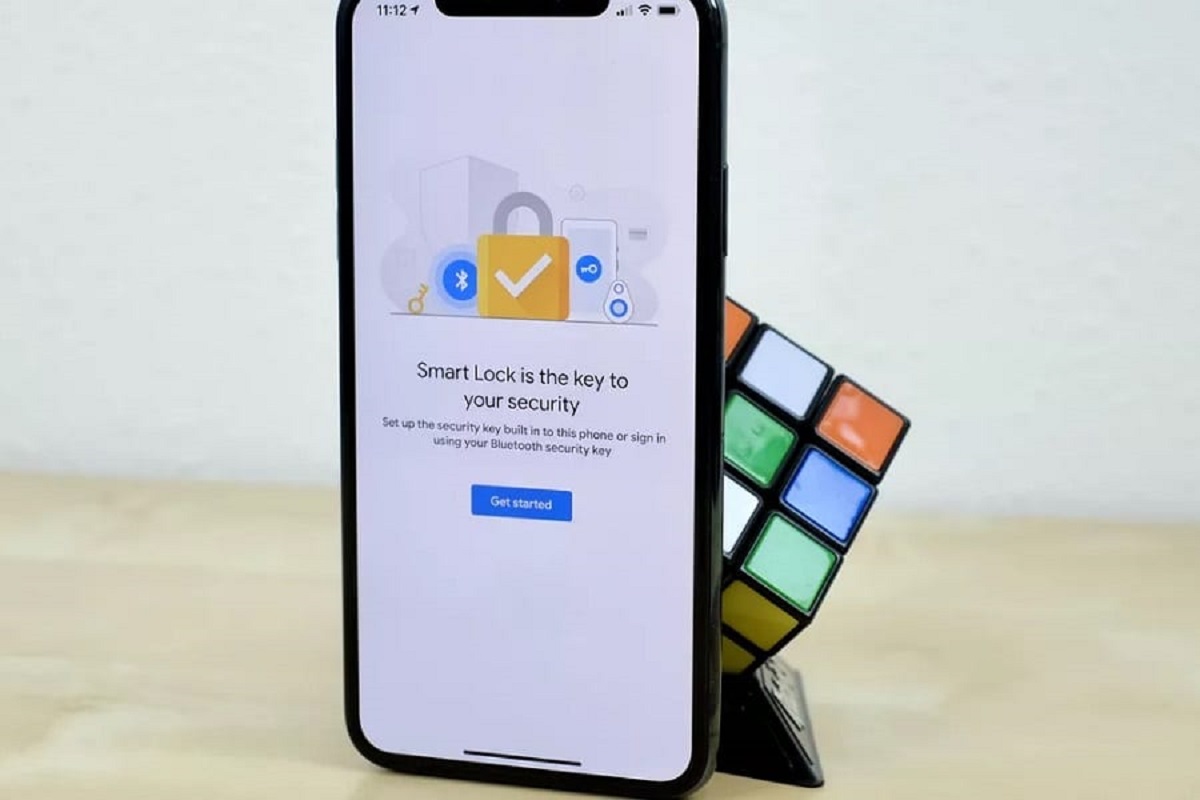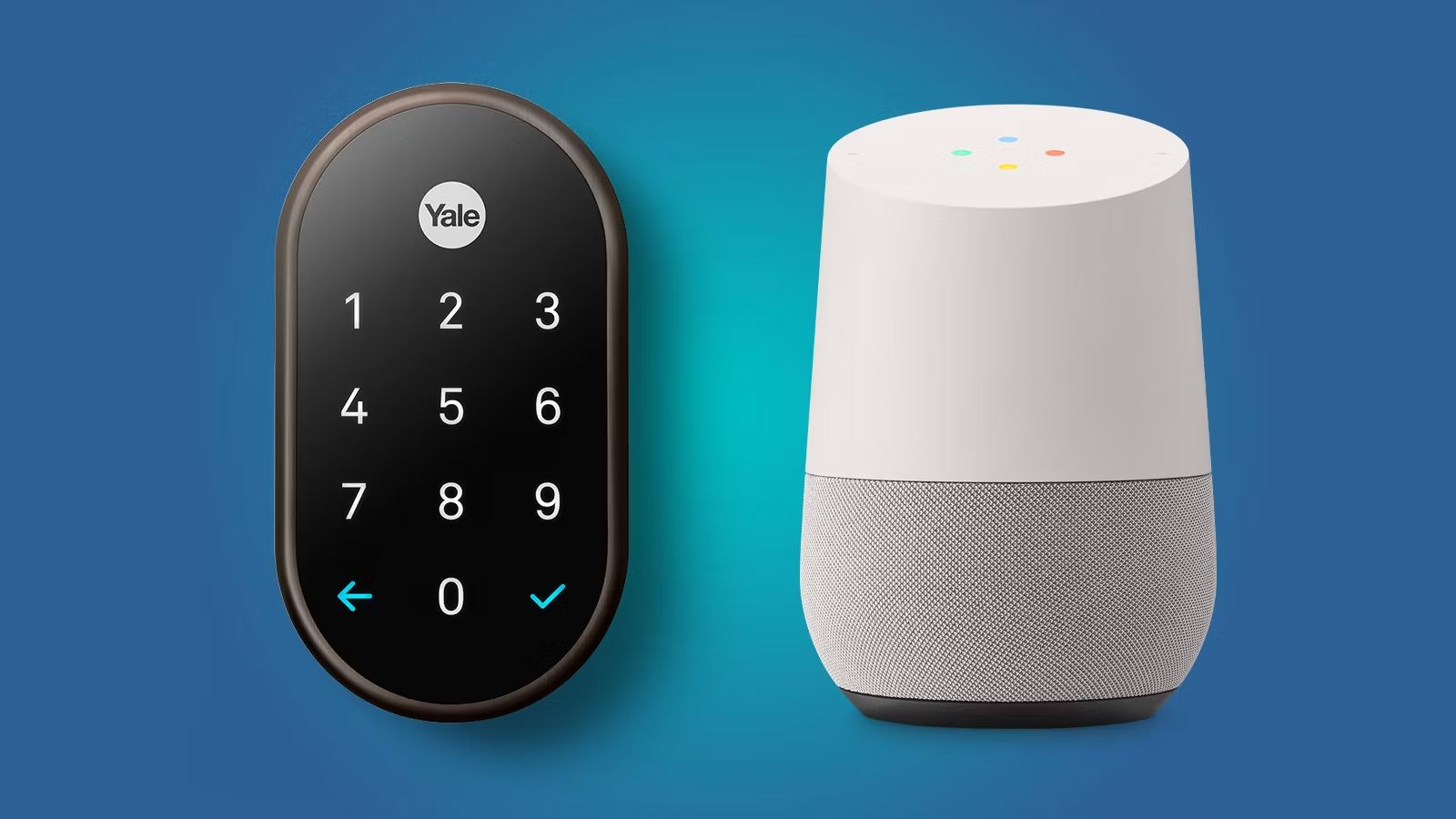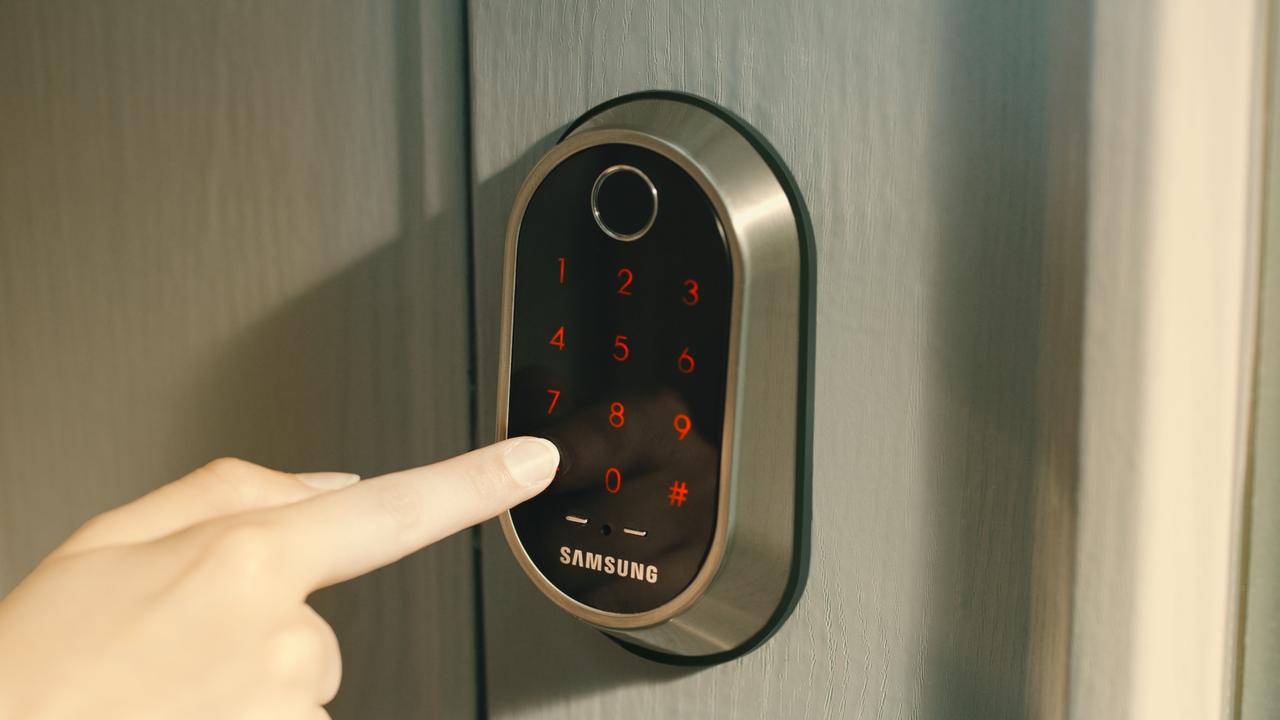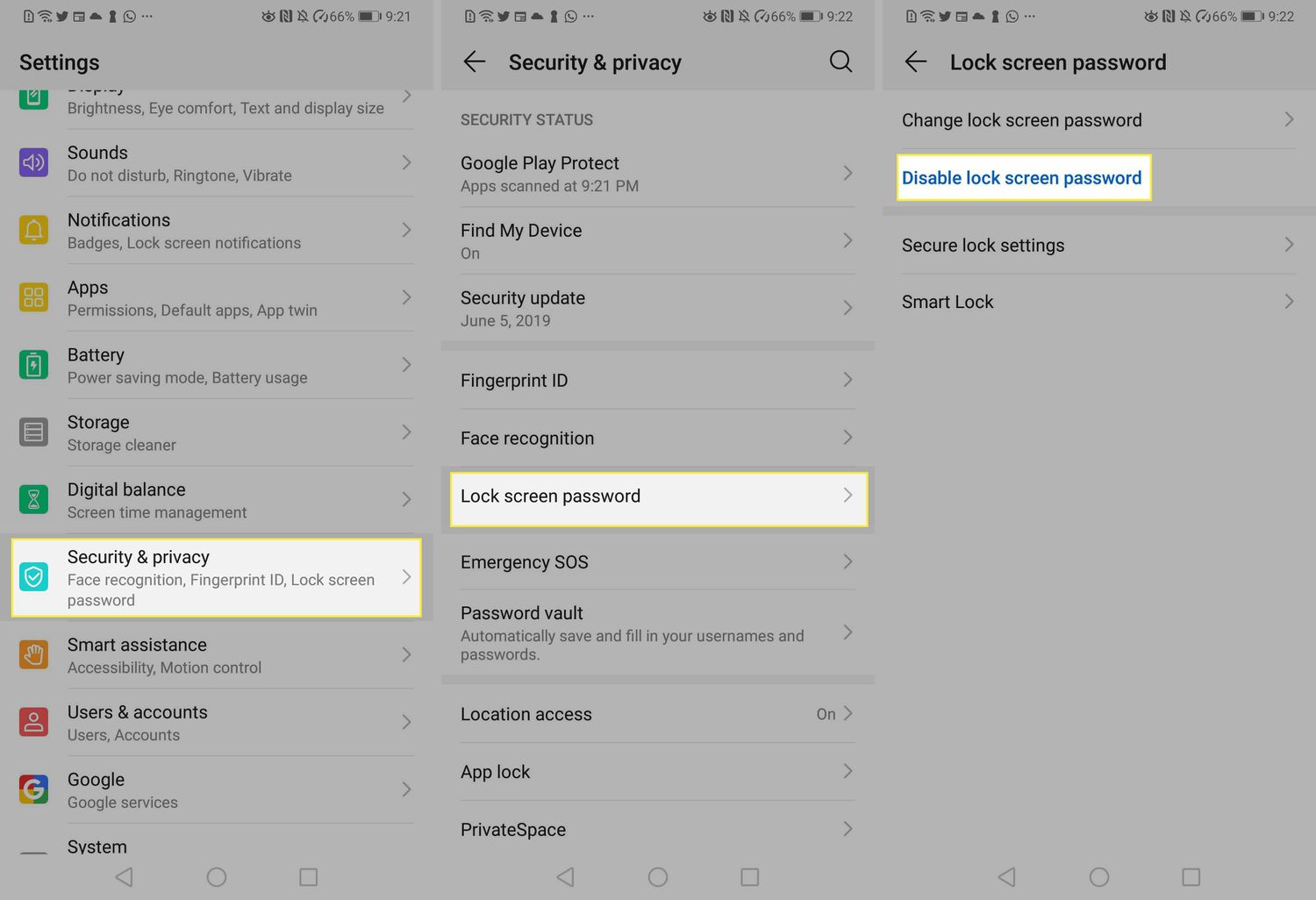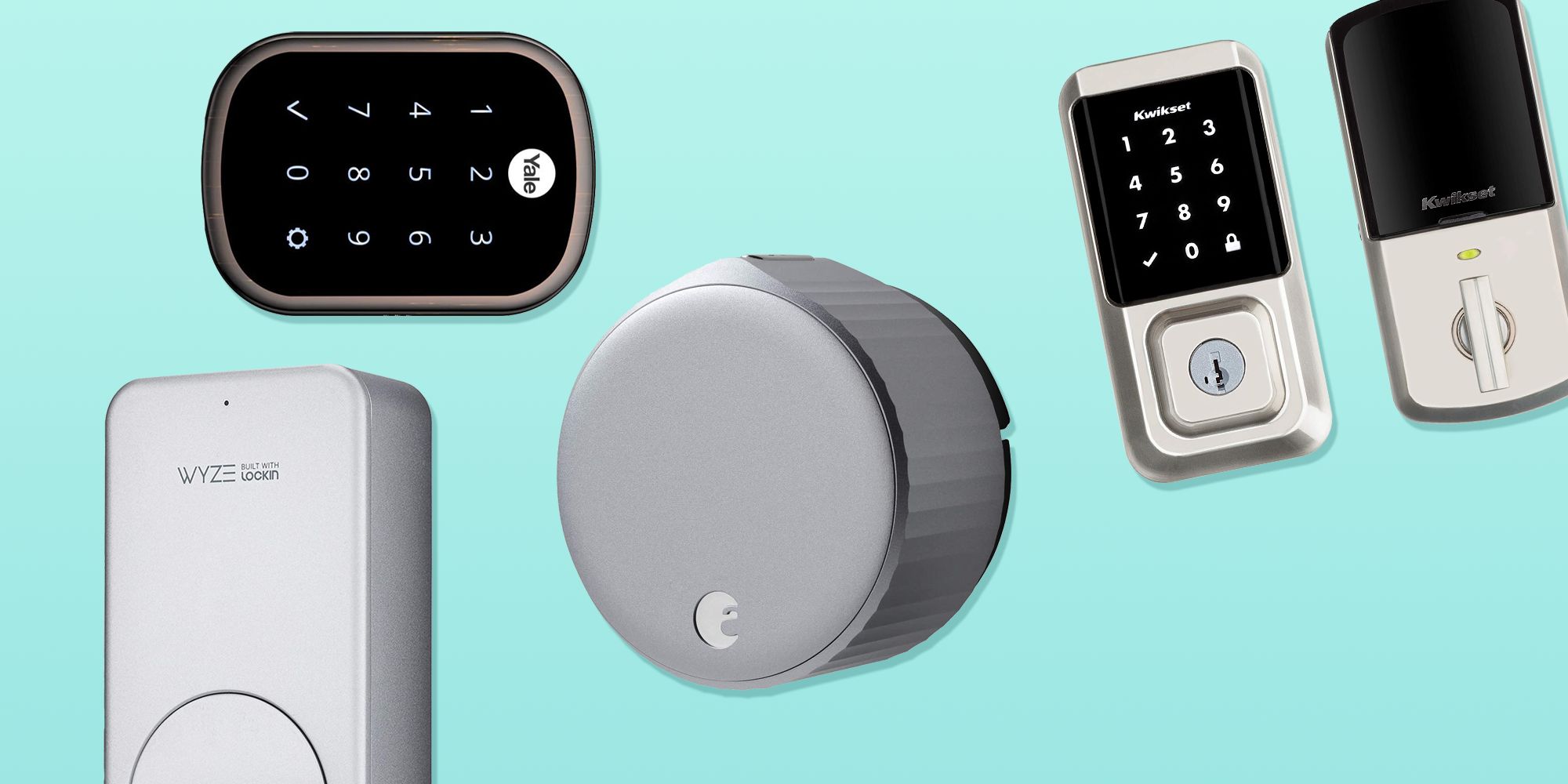Introduction
Google Smart Lock is a feature that allows users to securely store and manage their passwords across devices. With Smart Lock, you no longer need to remember numerous complex passwords for all your accounts. Instead, you can rely on Google to remember them for you, making it more convenient and efficient to access your favorite websites and applications.
However, there may come a time when you need to change your Google Smart Lock password. This could be due to security concerns, a suspected breach in your accounts, or simply because you want to update your password for better overall security. Changing your Google Smart Lock password is a simple process that ensures your online accounts remain protected, providing you with peace of mind.
In this article, we will guide you through the steps to change your Google Smart Lock password and update it on your connected devices. Additionally, we will provide some troubleshooting tips to help you overcome any challenges you may encounter during the process.
Before we proceed, make sure you have access to your Google account and the necessary permissions to change your Smart Lock password. It is also recommended to have a strong, unique password in mind for better security.
What is Google Smart Lock?
Google Smart Lock is a password management feature developed by Google that allows users to securely store and manage their passwords across multiple devices.
With Google Smart Lock, you can save your login credentials for various online accounts, such as email, social media, and shopping websites, to your Google account. Once saved, Google Smart Lock will automatically fill in your username and password whenever you visit these websites or use related applications.
Google Smart Lock offers several benefits and features to make your online experience more convenient and secure:
- Password Sync: Your saved passwords are synchronized across all devices linked to your Google account, meaning you can access your accounts seamlessly from your smartphone, tablet, or computer.
- Auto Login: When visiting websites or applications, Google Smart Lock provides an auto-fill option for your saved credentials, saving you time and effort.
- Strong Password Suggestions: Google Smart Lock can generate and suggest strong, unique passwords when creating new accounts or updating existing passwords. This helps enhance the security of your online accounts.
- Biometric Authentication: On supported devices, you can use biometrics, such as fingerprint or facial recognition, to unlock and access your saved passwords.
To use Google Smart Lock, you need to have a Google account and be signed in to your account on your devices. Once set up, you can begin saving and accessing your passwords conveniently and securely.
Note that Google Smart Lock is not limited to Google services only – you can also use it with compatible third-party apps and websites. This means that you can enjoy the benefits of Smart Lock across a wide range of online platforms.
Now that you have a better understanding of what Google Smart Lock is, let’s proceed to the next section to learn why changing your Smart Lock password is important.
Why change Google Smart Lock password?
Changing your Google Smart Lock password is essential to maintaining the security of your online accounts and protecting your personal information. Here are a few important reasons why you should consider changing your Smart Lock password:
- Security Breaches: In today’s digital world, security breaches and data leaks are becoming increasingly common. If a website or service you use has experienced a data breach, your credentials could potentially be compromised. Changing your Smart Lock password ensures that even if your old password was exposed, the new one will provide an added layer of protection.
- Account Security: Regularly changing your passwords is a recommended security practice. By updating your Smart Lock password, you reduce the chances of unauthorized access to your accounts, especially if you have reused passwords across multiple platforms. A unique password for each account significantly minimizes the risk.
- Employee Turnover: If you have shared your Smart Lock password with a trusted individual, such as a family member or colleague, it’s a good idea to change it when that person no longer needs access. This prevents potential misuse of your credentials.
- Device Loss or Theft: If you’ve lost a device or had it stolen, changing your Smart Lock password is crucial. This ensures that the person who finds or stole your device cannot access your saved passwords and gain unauthorized entry to your accounts.
- Personal Preference: Sometimes, changing your Smart Lock password is simply a matter of personal preference or desire for increased security. Regularly updating passwords and employing strong security measures can help you stay one step ahead of potential threats.
By periodically changing your Google Smart Lock password, you add an extra layer of security to your online presence. It is important to note that changing your Smart Lock password does not impact the functionality or convenience of the feature. Your saved passwords will still be accessible and synchronized across your devices once you update the password.
Now that you understand the importance of changing your Google Smart Lock password, let’s move on to the next section to learn how you can change your password efficiently.
Step 1: Access Google Smart Lock Settings
Before you can change your Google Smart Lock password, you need to access the Smart Lock settings on your device. Follow these steps to access the settings:
- Open the settings menu on your device. This can usually be done by tapping on the gear icon in the app drawer or by swiping down from the top of the screen and tapping on the gear icon in the notification panel.
- Scroll down and look for the “Passwords” or “Security” option. The exact location of this option may vary depending on your device and operating system.
- Tap on the “Passwords” or “Security” option to access the password management settings.
- In the password management settings, you should see an option for “Smart Lock” or “Saved Passwords”. Tap on this option to access the Smart Lock settings.
Once you have successfully accessed the Google Smart Lock settings, you are ready to move on to the next step of changing your password.
It is worth noting that the steps to access Smart Lock settings may slightly differ depending on the device and operating system version you are using. If you are unable to locate the exact options mentioned, try exploring different sections within your device’s settings menu or consult the manufacturer’s support documentation for specific instructions.
Now that you have accessed the Google Smart Lock settings, let’s proceed to the next section to learn how to change your Smart Lock password.
Step 2: Change Google Smart Lock Password
Now that you have accessed the Google Smart Lock settings, you can proceed to change your Smart Lock password. Follow these steps:
- In the Smart Lock settings, look for the “Change Password” or “Update Password” option. This option is usually located within the main settings page or in a sub-menu specifically for Smart Lock.
- Tap on the “Change Password” or “Update Password” option to initiate the password change process.
- You will be prompted to enter your current Smart Lock password for verification purposes. Provide your current password in the designated field.
- Next, enter your new desired password. Make sure to choose a strong, unique password that combines letters, numbers, and special characters. Avoid using easily guessable information such as your birthdate or pet’s name.
- Confirm your new password by entering it again in the confirmation field.
- Once you have entered and confirmed your new password, tap on the “Save” or “Update” button to finalize the password change process.
After following these steps, your Google Smart Lock password will be successfully changed. The new password will now be used to authenticate and secure your saved passwords across your linked devices.
Remember to make a note or use a reliable password manager to store your new Smart Lock password securely. This will help you remember the password and avoid any potential access issues in the future.
Now that you have changed your Google Smart Lock password, we will proceed to the next step of updating the password on your connected devices.
Step 3: Update Password in Connected Devices
After changing your Google Smart Lock password, it is important to update the new password on all your connected devices to ensure seamless access to your saved passwords. Follow these steps to update the password:
- On each of your connected devices, open the settings app or menu.
- Locate the “Passwords” or “Security” option in the settings menu.
- Depending on your device and operating system, you may find a subsection specifically for “Smart Lock” or “Saved Passwords”. Tap on this option.
- In the Smart Lock settings, you should see an option to “Sync” or “Update” passwords. Tap on this option to initiate the sync process.
- You may be prompted to enter your Google account credentials. Provide your updated Google Smart Lock password in the designated field.
- Once you have entered the updated password, tap on the “Save” or “Update” button.
- Repeat this process on each of your connected devices to ensure that all devices are updated with the new password.
By updating the password on your connected devices, you ensure that all devices have the latest password and can securely access your saved passwords through Google Smart Lock.
If you encounter any issues during the sync process, make sure that you are connected to the internet on each device and double-check that you have entered the correct password. If the problem persists, you may need to troubleshoot further or consult device-specific support resources.
Now that you have successfully updated the password on your connected devices, we will explore some troubleshooting tips in the next section to help you overcome any potential challenges.
Step 4: Troubleshooting Tips
While changing and updating your Google Smart Lock password is usually a straightforward process, you may encounter some challenges along the way. Here are a few troubleshooting tips to help you overcome potential issues:
- Verify internet connection: Ensure that your device is connected to the internet during the password change and update process. A stable internet connection is necessary to synchronize your passwords across devices.
- Double-check credentials: When entering your new password or Google account credentials, ensure that you are typing them correctly. Pay attention to capitalization, special characters, and spelling to avoid authentication errors.
- Update device software: Ensure that your device’s operating system and apps are updated to the latest versions. Outdated software may cause compatibility issues with Google Smart Lock.
- Clear cache and data: If you are experiencing persistent issues with Smart Lock, try clearing the cache and data for the Smart Lock app or the Google Play Services app. This can help resolve any temporary glitches.
- Restart devices: Sometimes, a simple restart of your devices can solve technical issues. Try restarting your device and then check if you can change and update your Smart Lock password.
- Consult support resources: If you are still facing challenges, consult the manufacturer’s support documentation or visit their online forums for device-specific troubleshooting assistance. They may have specific steps or recommendations tailored to your device.
By following these troubleshooting tips, you can overcome potential obstacles during the Google Smart Lock password change and update process. Remember that it is normal to encounter some hiccups along the way, and with patience and persistence, you will be able to successfully change your password and update it on your connected devices.
Now that you have these troubleshooting tips in your arsenal, you are ready to navigate any potential challenges that come your way while changing your Google Smart Lock password.
Conclusion
Changing your Google Smart Lock password is a crucial step in maintaining the security of your online accounts. With Smart Lock, you can conveniently store and manage your passwords across multiple devices, making it easier to access your favorite websites and applications.
In this article, we provided a step-by-step guide on how to change your Google Smart Lock password. We started by accessing the Smart Lock settings on your device and then walked you through the process of changing your password. We also emphasized the importance of updating the password on your connected devices to ensure seamless access to your saved passwords. Additionally, we shared some troubleshooting tips to help you overcome any issues you may encounter during the process.
Remember, regularly changing your Google Smart Lock password enhances the security of your online accounts, protects your personal information, and mitigates the risks associated with security breaches and unauthorized access.
By following the steps outlined in this article, you can confidently change your Google Smart Lock password and ensure that your saved passwords are protected and easily accessible across all your devices.
So go ahead and take the necessary steps to change your Google Smart Lock password for better security and enjoy the convenience of hassle-free login experiences across your devices.







